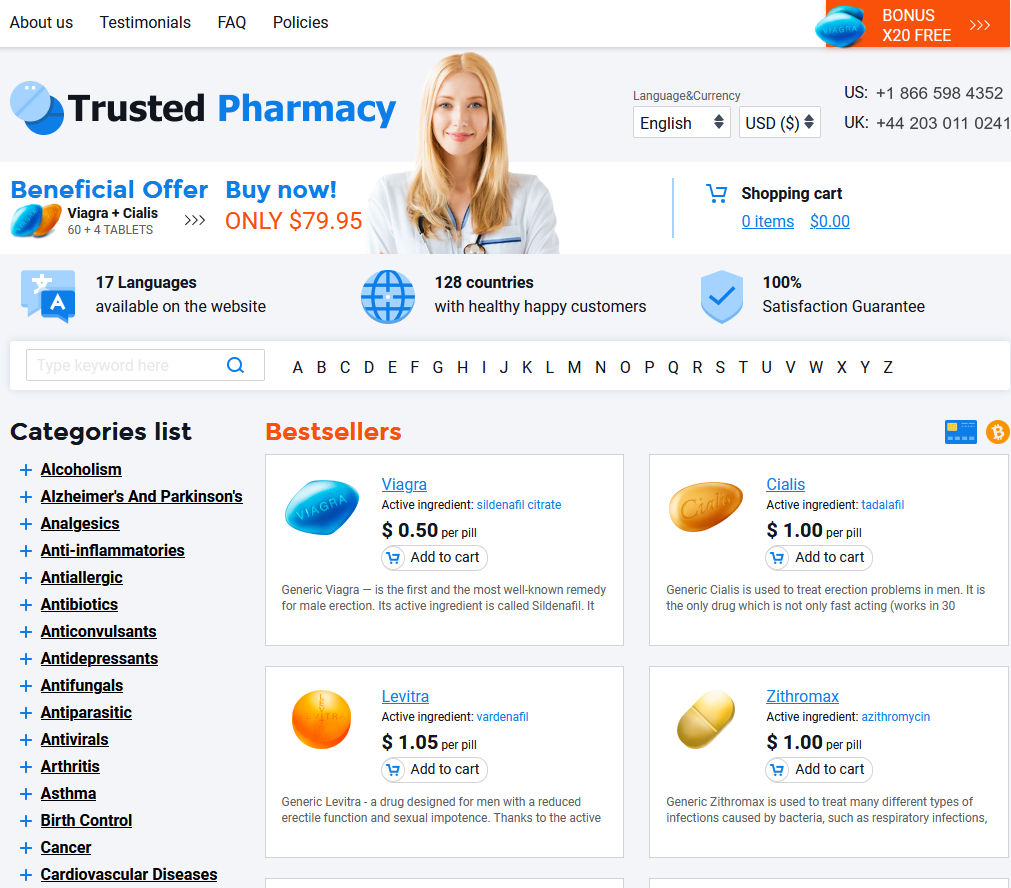Identifying Early Signs of an Asthma Flare
Waking up in the middle of the night short of breath or noticing a lingering, tickly cough can be more than just an inconvenience—they are often warnings that an asthma flare is approaching. Increased wheezing, chest tightness, and the need to use your reliever inhaler more frequently are other telltale signs. Recognizing these subtle changes early allows you to take action before symptoms worsen, significantly reducing your risk of severe attacks and emergency visits.
| Early Signs | What They Might Mean |
|---|---|
| Frequent Coughing | Airways are becoming irritated |
| Shortness of Breath | Initial airway narrowing |
| Chest Tightness | Inflammation is worsening |
| Increased Inhaler Use | Early loss of asthma control |
Why Symbicort Is a Unique Asthma Solution

Many people with asthma face the frustration of medications that either don’t work quickly enough or don’t last long enough. The symbicort inhaler stands out from traditional treatments by combining two medications in one: a corticosteroid to ease inflammation and a long-acting bronchodilator to open airways. This powerful duo means it can address both the root cause and the immediate symptoms of an asthma flare.
With the symbicort inhaler, users experience relief from chest tightness, wheezing, and shortness of breath, sometimes in just minutes. Unlike some inhalers meant only for emergencies, it’s designed for both immediate relief and ongoing control, making it particularly useful during unpredictable asthma episodes. For people with moderate to severe asthma, this makes all the difference in daily comfort and safety.
How to Use Symbicort Effectively during Flares
Imagine the first signs of an asthma flare—tightening in your chest, shallow breathing, and a hint of panic. At such times, reaching for your Symbicort inhaler can make a crucial difference. Unlike a rescue inhaler that just opens the airways, Symbicort combines both a fast-acting bronchodilator and a long-acting corticosteroid, working together to help you breathe easier while addressing inflammation. It’s essential to follow your prescribed dosage exactly; don’t increase or skip doses even if symptoms intensify without your healthcare provider’s guidance.
Using the Symbicort inhaler correctly matters just as much as the medication itself. After shaking the device, exhale fully, seal your lips around the mouthpiece, and inhale deeply while pressing the canister. Hold your breath for a few seconds before exhaling slowly. Consistency in technique boosts the medicine’s effectiveness during flares.
Quick Tips for Managing Triggers Alongside Symbicort

Asthma flares can be unpredictable, but being proactive makes a difference. Start by identifying common triggers like pollen, pet dander, or cold air and take steps to minimize your exposure. For example, keeping windows closed during high pollen seasons and using air purifiers at home can protect your lungs. Always remember that your Symbicort inhaler works best when trigger management is part of your daily routine.
Making small lifestyle changes also helps support your treatment plan. Wash hands frequently during cold and flu season, keep your environment clean, and avoid strong odors or smoke. Let family and friends know about your asthma so they can support your trigger management.
If you’re using your Symbicort inhaler consistently, combining it with smart trigger avoidance helps keep symptoms in check and reduces the chance of future flares.
What to Do If Flares Don’t Improve Quickly
When asthma symptoms linger despite regular use of your Symbicort inhaler, it’s important to take immediate action. Begin by staying calm and following the steps in your personalized asthma action plan. Double-check your technique to ensure the medication is being delivered effectively—sometimes, improper inhaler use limits its benefits.
If there’s no improvement after a short period, it’s time to reassess. Persistent wheezing, shortness of breath, or chest tightness can signal a severe flare that may require urgent care. Don’t hesitate to contact your healthcare provider, especially if you find yourself needing your rescue inhaler more frequently than usual or symptoms wake you at night.
In critical situations, prompt medical attention could prevent complications. Remember, managing asthma flares is not just about medication—it’s about knowing when to seek help.
| Step | Action |
|---|---|
| 1 | Follow your asthma action plan and use Symbicort as prescribed |
| 2 | Check inhaler technique to ensure correct delivery |
| 3 | Contact your doctor if symptoms persist or worsen |
| 4 | Seek emergency care in case of extreme difficulty breathing |
Understanding Long-term Benefits of Symbicort Use
Living with asthma can feel unpredictable, but using Symbicort consistently may bring a sense of stability over time. Many patients notice fewer flare-ups and improved lung function after making it part of their daily routine. This allows them to participate more fully in activities they enjoy.
Beyond just easing symptoms during flares, Symbicort works to reduce inflammation in the airways, providing lasting protection. This means that, with proper use, many people are able to control their asthma with fewer emergency interventions.
Sticking with prescribed inhaler routines helps minimize disruptions caused by frequent symptoms. By maintaining better control long-term, you’re protecting your lungs’ health and enhancing your overall quality of life.

